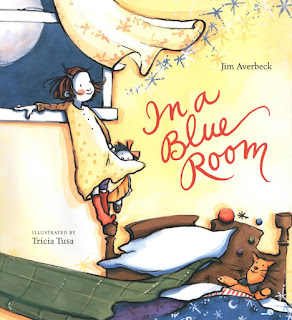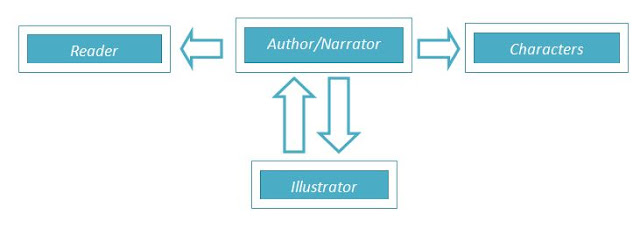So You Want to Become a Mentee
for the Nevada SCBWI Mentor Program
OR
You Want a Mentor
First, you need to know what you want in a mentor.
Here are my personal top 3 qualities I look for in a
mentor:
1) Tall
2) Dark
3) Handsome
Well, looky-looky here. As luck would have it, my mentor
Jim happened to fit the bill!
Okay, these qualities are more like bonuses. Below are
the qualities to really look for in a mentor. Really.
Here are my TOP 10.
A good writing mentor is someone who is:
- Experienced in your genre and willing to share their skills, knowledge, and expertise
- Interested in your development as a writer and your success
- Respected in the industry or has great references
- Easy to reach
- Devoted and willing to spend time and energy mentoring and guiding you
- Up-to-date with the market
- Interested in knowing your strengths and weaknesses and building from it
- Honest with their feedback and gives constructive criticism
- Organized
- Supportive
The Nevada SCBWI Mentor Program has some of the best mentors in the industry. Check the website for updates on mentor panels.
From their website [via Lia Keyes]:
“Past mentors have included National Book Award Finalists, New York Times bestselling authors, Caldecott Medal–winning illustrators, Coretta Scott King Award winners, Charlotte Zolotow Award winners, million-selling series authors, art directors, editors, publishers, and agents. We hand-pick mentors who are gifted both at creating children’s books and at teaching. Many Nevada Mentor Program alumnae have gone on to win awards, land agents, and sign book deals.”
How to Apply for the Nevada SCBWI Mentor Program
Visit the SCBWI Nevada Chapter for more information.
Here is the gist of it:
- Fill out the required application
- Send in three of your most promising manuscripts.
- Choose two mentors you'd like to possibly work with in order of preference.
- Your manuscripts will be given to your choices.
- The mentors then read the [blind] manuscripts given to them.
- Mentors choose two (sometimes three) they feel have promise.
- Hopefully, one of the two mentors you've selected has chosen you to work with.
 The Nevada SCBWI Mentor Program is a one-of-a-kind experience. Curious about what goes on? You can read my story here.
The Nevada SCBWI Mentor Program is a one-of-a-kind experience. Curious about what goes on? You can read my story here.
TIPS
- Choose your best work for submission. (You'd be amazed at how much more can be improved. If you are sending a picture book, many times the mentor will allow up to three to work on. If you are chosen as a mentee, you can ask if your mentor will be willing to look at a different manuscript you'd prefer to work on.)
- Choose a mentor experienced in your genre
- Avoid choosing a mentor in hopes of that editor/agent representing you. Choose them for their mentorship!
- Take advantage of their expertise. Don't be afraid to ask questions during the six-month course. You may want to create a list of questions ahead of time so you don't end the program with any regrets.
The price of the Nevada Mentorship Program is steep.
If
you have to travel far to get to Reno, you need to factor that into the price
of tuition since transportation is not included.
You can probably find a mentor for fraction of the cost
of the Nevada Mentorship Program. But remember, tuition includes mentorship, craft intensive workshops, lodging, and most meals.
Please note that the six-month program doesn't mean you are away for six months. It means, you get to work with your mentor for six months. There are two (separate) 3-day weekend retreats. One at the start of the program, the other at the end.
The Nevada Mentorship Experience, the support, friendships, the networking with agents, editors, authors, and the relationships built are priceless.
The Nevada Mentorship Experience, the support, friendships, the networking with agents, editors, authors, and the relationships built are priceless.
At the retreats you
sleep, eat, mingle with agents, editors, and authors. It's the "dorm
room" experience which gives the program a more intimate appeal.
Communication varies with each mentor, ranging from
emails, Skype, and phone calls. Usually your one-on-one is limited to an hour
at a time, three times during the six-month program. You will not know the
arrangement until your first meeting with your mentor.
Everyone's mentorship experience is unique to their mentor-mentee relationship, which is why it is so important to choose your mentor wisely!
~ Happy Writing!
For more on the experience visit:
To Apply Visit:





















